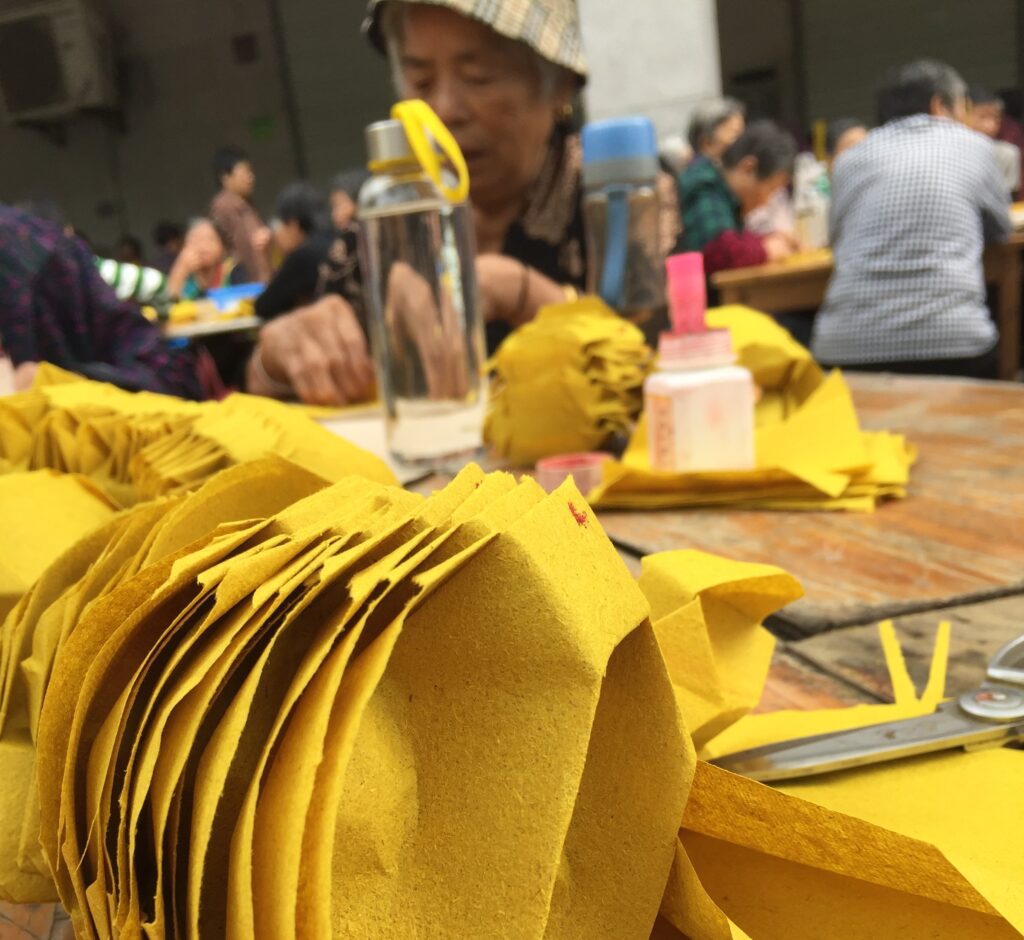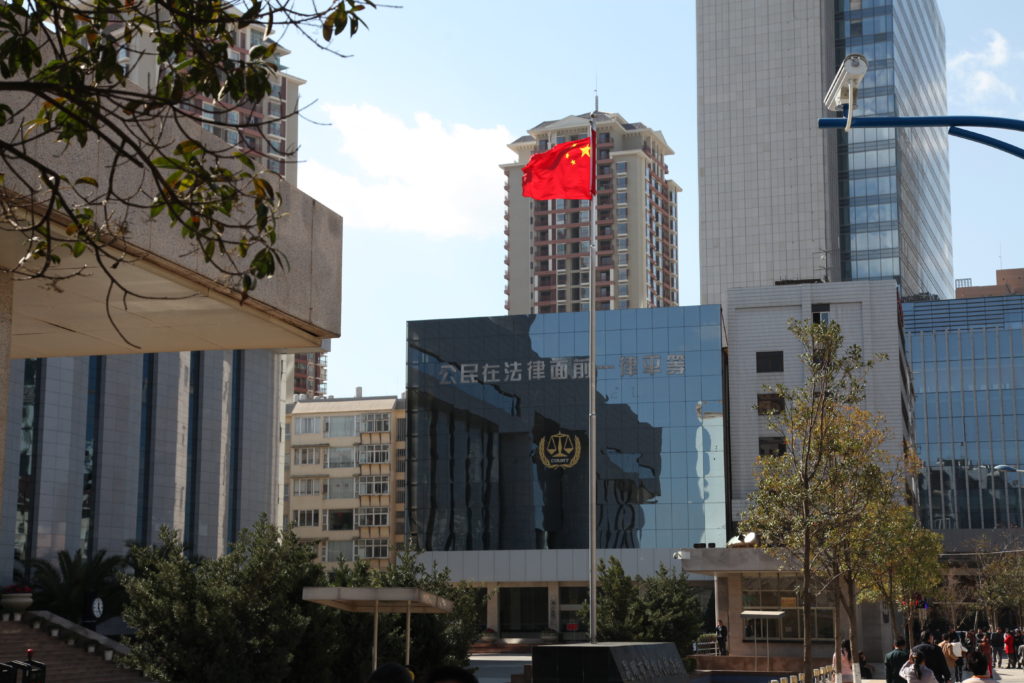
Our year 2020 began with a new research project: Funded by the Fritz Thyssen Stiftung, we will explore the Chinese social credit systems and the development of smart courts. The Chinese social credit system initiative is intended to systematically assess the trustworthiness of citizens in complying with law, moral norms and professional and ethical standards. Nudging through rewards and punishments, restricting access to public transport, hotels, educational institutions and social security systems shall induce compliance. The social credit system initiative is designed as a comprehensive instrument of social control and a cure-all tool for societal ills that aims at upgrading the Chinese authoritarian system. The research project addresses three interlinked issues that are fundamentally transforming Chinese society and will have an impact that goes far beyond the Chinese state: (1) the rise of assessment systems of individual social behaviour that circumvent, supplement and change legal regulation as well as traditional law enforcement mechanisms; (2) the development of smart courts that are partially changing into automated decision makers through an increased use of big data and AI and (3) the legal regulation of social credit systems, in particular the legal protection of personal data.
Under the guidance of Prof. Dr. Björn Ahl, our team (Haixu Yu, Lu Yu and Marianne von Blomberg) will pool their skills from various backgrounds to excavate the dynamics and impact of the transformative developments social credit systems in China bring about.
Find more information (in German) here.



